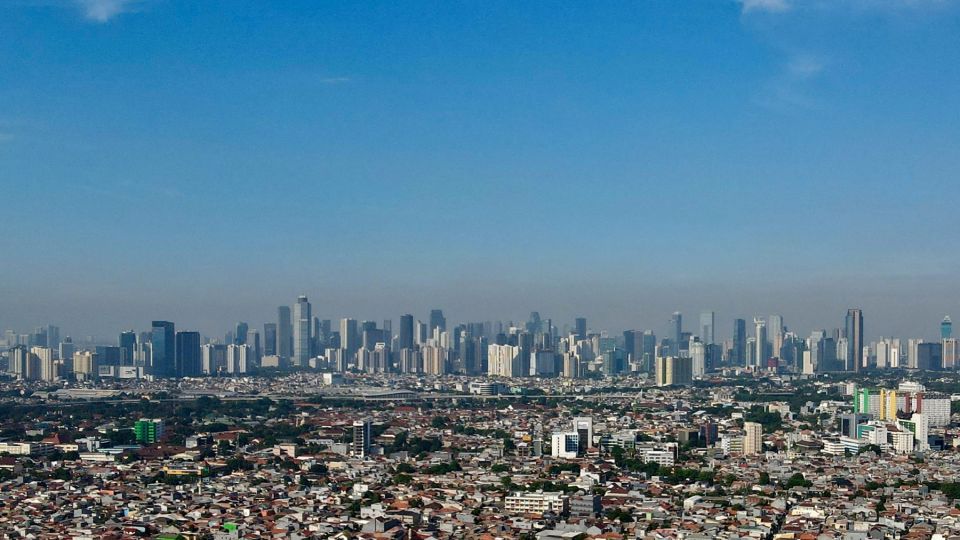September 12, 2025
JAKARTA – The government has announced plans to shift some state deposits from the central bank to commercial banks to allow for more loan disbursements and thereby invigorate private sector activity in a bid to achieve 6 percent gross domestic product (GDP) growth.
Finance Minister Purbaya Yudhi Sadewa revealed on Wednesday that the government had around Rp 425 trillion (US$25.8 billion) deposited in Bank Indonesia (BI), of which Rp 200 trillion would be deposited in government accounts at commercial banks, “so it becomes banking liquidity”.
“[It’s] just depositing money, but the banks can’t simply let the money sit idle, as there will be a cost to that. They will be forced to find a higher return, and loan growth will emerge from that,” the newly installed minister told reporters after a hearing with House of Representatives Commission XI, which oversees financial affairs.
“So, I’m jump-starting the market mechanism by giving them a weapon that will force the banks to think harder to get high returns,” he added.
Later in the day, the minister explained that “it will be up to the banks what the money is for” but the ministry will create a regulation that prohibits the banks from using the money to buy government bonds, which the ministry’s economy and fiscal strategy director general, Febrio Nathan Kacaribu, said on Wednesday “would be counterproductive”.
The state’s deposits in BI are sourced from excess cash budget (SiLPA) and cash surplus (SAL), which refers to unspent annual budget funds.
The minister revealed further details of the plan on Thursday, explaining that the funds were to be placed at six state-owned banks beginning on Friday.
The ultimate goal of the policy is to spur private sector activity to support GDP growth, for which Purbaya targets 6 percent in the “not too long term”.
“Maybe it will not reach as high as 6.5 percent, but the motion toward that direction is wide open if we let the private sector work,” said Purbaya.
The main idea behind the maneuver is to increase liquidity in the commercial banking segment.
Read also: Sri Mulyani left cabinet after weeklong unrest in Indonesia
Purbaya argued that, in past downturns of economic cycles, the amount of base money, or the total amount of money a central bank has created, played a key role in how GDP growth panned out, next to monetary policy.
A low interest rate will not prop up growth if the base money is contracting or growing at near zero as has been the case recently, since money “in the system was drying up”, said Purbaya.
“If the [state funds deposited in the central bank] were being spent, there’d be no problem. But they’re not. […] The system is dry,” said Purbaya, arguing that the government money deposited in BI was not accessible by the economy, and the opposite would play out if the government deposited the money in commercial banks.
BI data show that the base money over this year’s first eight months has been fluctuating and peaked in March, the month in which the festive season of Ramadan and Idul Fitri fell this year, during which liquidity frequently spikes to make room for increased economic activity. That peak, however, was still below the previous year’s peak seen in December 2024.
BCA chief economist David Sumual told The Jakarta Post on Thursday that the policy relied a lot on timing, as “the cure has to match the illness”, otherwise it would become “a double-edged sword”.
Under normal conditions, such a flooding of liquidity could prop up growth, but the problem is that business confidence and investor sentiment in the real economy are “not that good” today.
“The policy has to be accompanied by clear industry policies and ease of investment. The ecosystem, the domestic capacity has to be reinforced too. Otherwise, the balance of payment would leak over,” said David.
Read also: New finance minister signals budget continuity
Asked about the risk of fueling inflation, given that the move would put more money into circulation, Purbaya said there was no concern, since GDP was still growing at 5 percent, “far above” the inflation rate, which has been hovering around 2.5 percent.
He went on to say that President Prabowo Subianto had given a thumbs-up to the deposit plan.
Paramadina University economist Wijayanto Samirin said on Thursday that the plan would not help the economy much, since banks were already flooded with liquidity but loan growth was still slow.
“Jacking up the economy with additional liquidity will not help fix the situation, because the root of the problem lies not in monetary issues or fiscal policies but in sectoral policies, business climate and legal certainty,” Wijayanto wrote in an analysis, arguing that those factors rendered businesses reluctant to expand, causing a “stagnating real economy” in the process.
Institute for Development of Economics and Finance (Indef) economist Fadhil Hasan likewise criticized the plan, arguing that one reason for measly credit growth at 7 percent was that undisbursed loans had been creeping up recently.
“I think the finance minister forgot about the demand side of the equation. No matter how much liquidity is being poured out, when the demand is weak, banks cannot issue credits,” said Fadhil on Thursday.
He pointed out that undisbursed loans in January mounted to Rp 2.4 quadrillion, up 11.75 percent year-on-year (yoy). The figure for June also was up 9.5 percent yoy.


